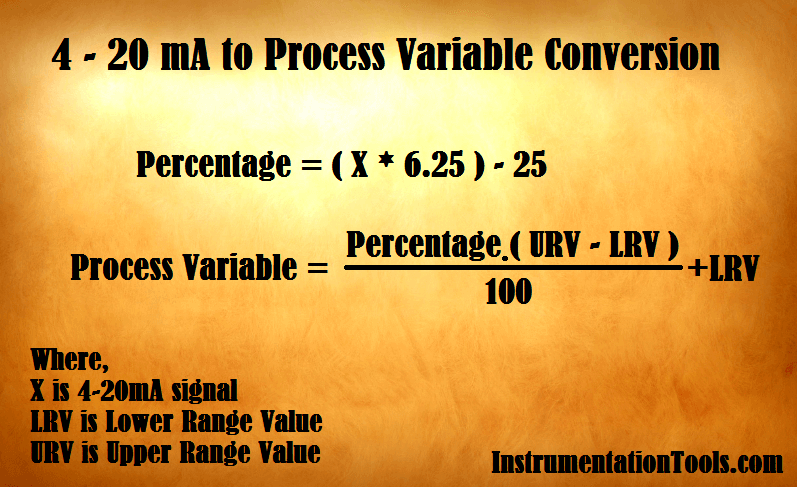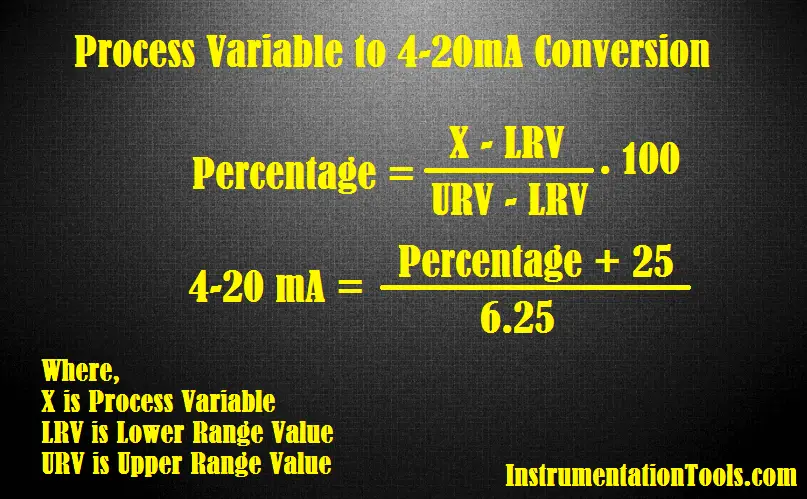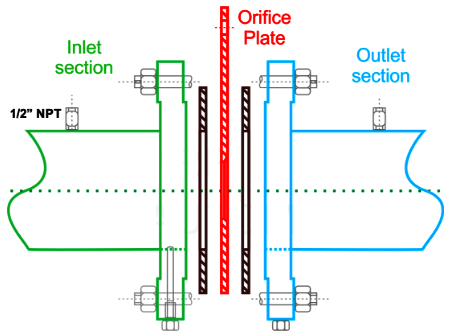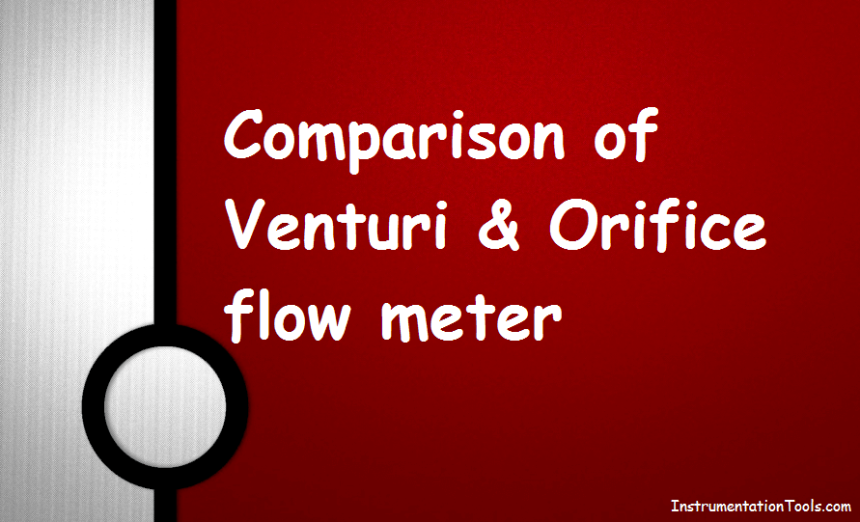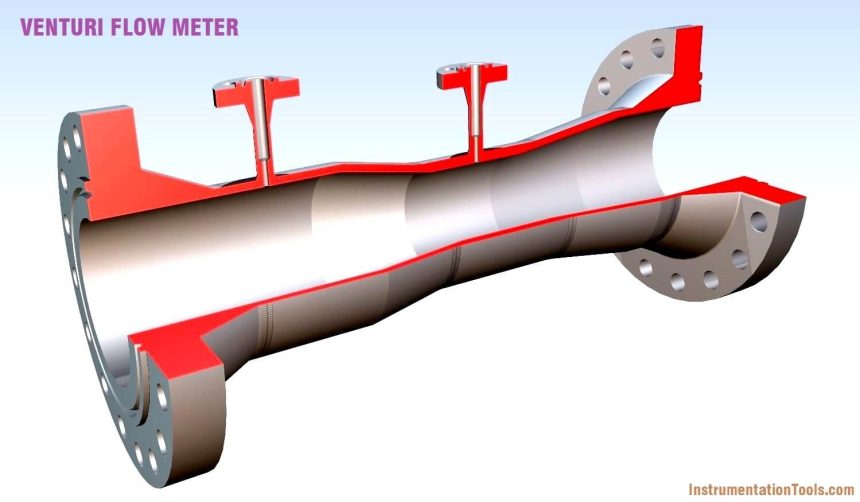Formula to Calculate Process Variable from 4-20mA
How to Calculate Process Variable from 4-20mA current loop output of a field transmitter. Check the formula to find out Process variable (PV). Calculate Process Variable from 4-20mA Formula…
Formula to Calculate 4-20 mA from Process Variable
How to Calculate 4-20mA current loop from Process Variable value of a field transmitter. Check the formula to find out equivalent 4-20mA signal from Process Variable. Calculate 4-20mA from Process Variable Formula :…
Types of Fire Detectors
Generally fires are preceded by generation of heat (rise of temperature) and generation of smoke. Hence heat, smoke and flame detection systems must be used to alert personnel, shutdown equipment and…
Importance of Fire & Gas Detection System
Industrial processes increasingly involve the use and the manufacture of highly dangerous substances, particularly toxic and combustible gases. Inevitably, inadvertent occasional escape of gas may occur, which can create a…
How to identify location of Fire Detectors
Fire detectors are designed to respond at an early stage to one more of the four major characteristics of combustion, heat, smoke, flame or gas. No single type of detector…
Thermostatic Valves Working Principle
Thermostatic valves are used for the infinite, proportional regulation of flow quantity, depending on the setting and the sensor temperature. The valves are self-acting, i.e. they operate without the supply of…
How does an Orifice Measures Flow?
An Orifice Meter is used to measure the rate of flow of Liquid, Gas, or steam using the differential pressure measurement principle.
Comparison of Venturi and Orifice flow meter
In comparing the venturi meter with the orifice meter, both the cost of installation and the cost of operation must be considered.
Basics of Venturi Flow Meter
By measuring change in pressure, the flow rate can be determined, as in various flow measurement devices such as venturi flow meter, orifice plates.
Top 100 Power Electronics Questions & Answers
Why IGBT is very popular nowadays? Lower hate requirements Lower switching losses Smaller snubber circuit requirements What are the different methods to turn on the thyristor? Forward voltage triggering Gate…
